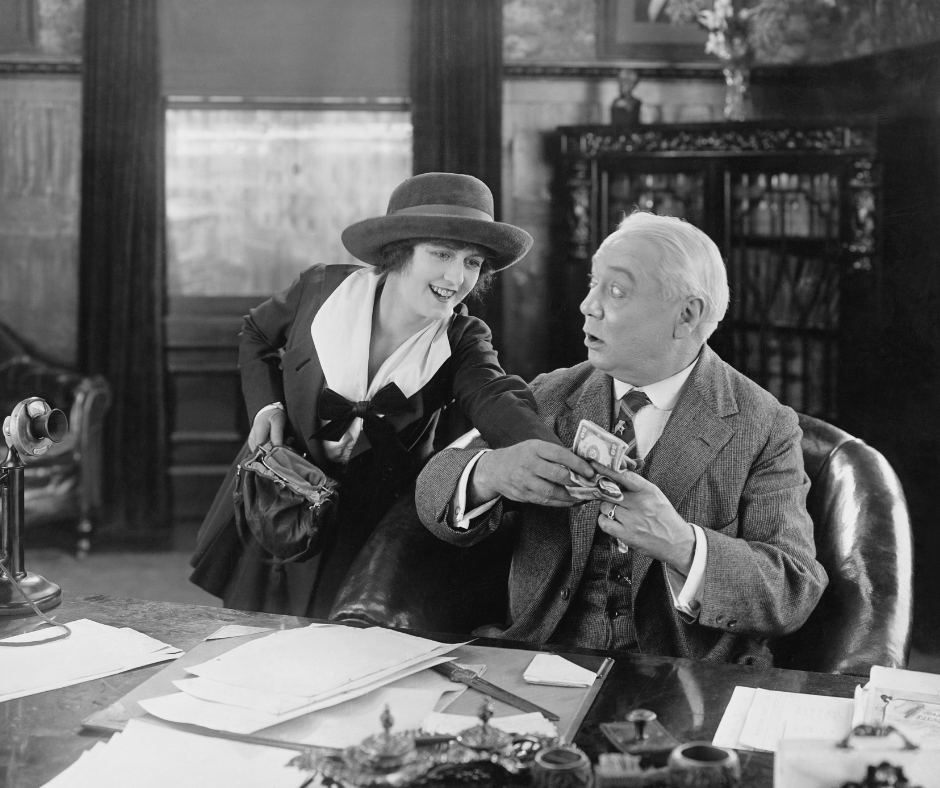Recently we found out about an online resource guide located at MYVISION.ORG. MYVISION.ORG is a non-profit company whose goal is to give you fact-based information about eye care and eye health. This information can assist you with sorting out what is fact and what is not when it comes to taking care of one of your most valuable assets, your eyes and your ability to see.
To accomplish this fact-based platform, MYVISION.ORG has brought together a Panel of Experts made up of board-certified ophthalmologists, optometrists and other eye professionals to review the content being published in the guide before it is published. Below you will find an excerpt from this very valuable tool. Please read through it and then click on the link to view and save the guide for an ongoing resource, it can assist you with making the best decisions when it comes to your sight!
Aging brings with it a lot of health issues. As you approach midlife, ophthalmologist visits will likely become more frequent because of changes in your body.
How Aging Affects Your Eyes
First, you will probably have difficulties focusing on close objects, and your peripheral vision may have decreased by 20 degrees by the time you enter your 70s.
Reduced near vision is because the lenses inside your eyes harden and become less flexible with age, losing their ability to change focus. Further, your eyes become more dry, leading to some eye conditions like corneal abrasion, corneal ulcers and inflammation.
As of mid-2020, more than 4.2 million Americans aged 40 years or older had common visual disorders.
Signs of Age-Related Vision Changes
If you’re above 40, you may have started:
- Placing a magazine or cellphone at arm’s length to see clearly
- Straining to see objects up close
- Finding it hard to distinguish colors
- Becoming sensitive to bright light
- Having blurry vision with dim lights
Common Age-Related Vision Issues
Refractive Errors
Refractive errors are the most common eye problem in the US, affecting more than 150 million Americans.
National Eye Institute Refractive errors refer to a group of eye problems that make it hard for light rays to focus on the retina (a light-sensitive layer of cells at the back of the eye that receive and organize information).
If the lens is defective or inflexible, you will experience common sight issues such as farsightedness (hyperopia), nearsightedness (myopia), or astigmatism. Middle-aged people tend to experience presbyopia, where distant vision is better than up close.
To continue reading and to gain access to this valuable resource please click on the myvison.org link below:





